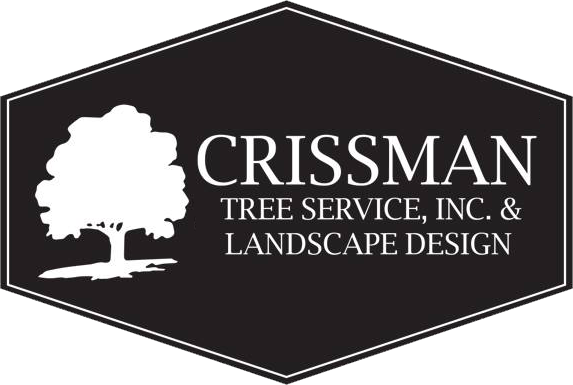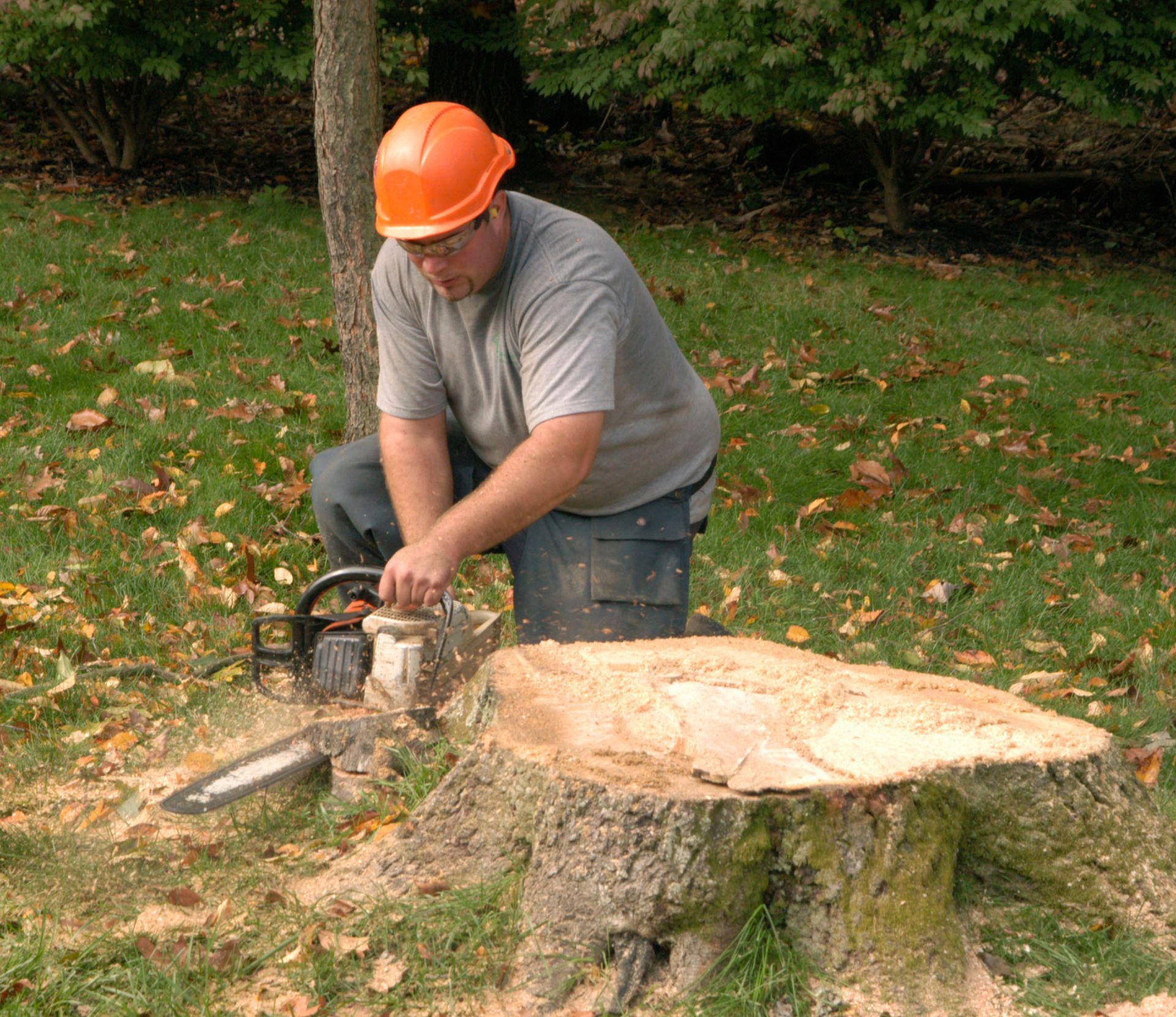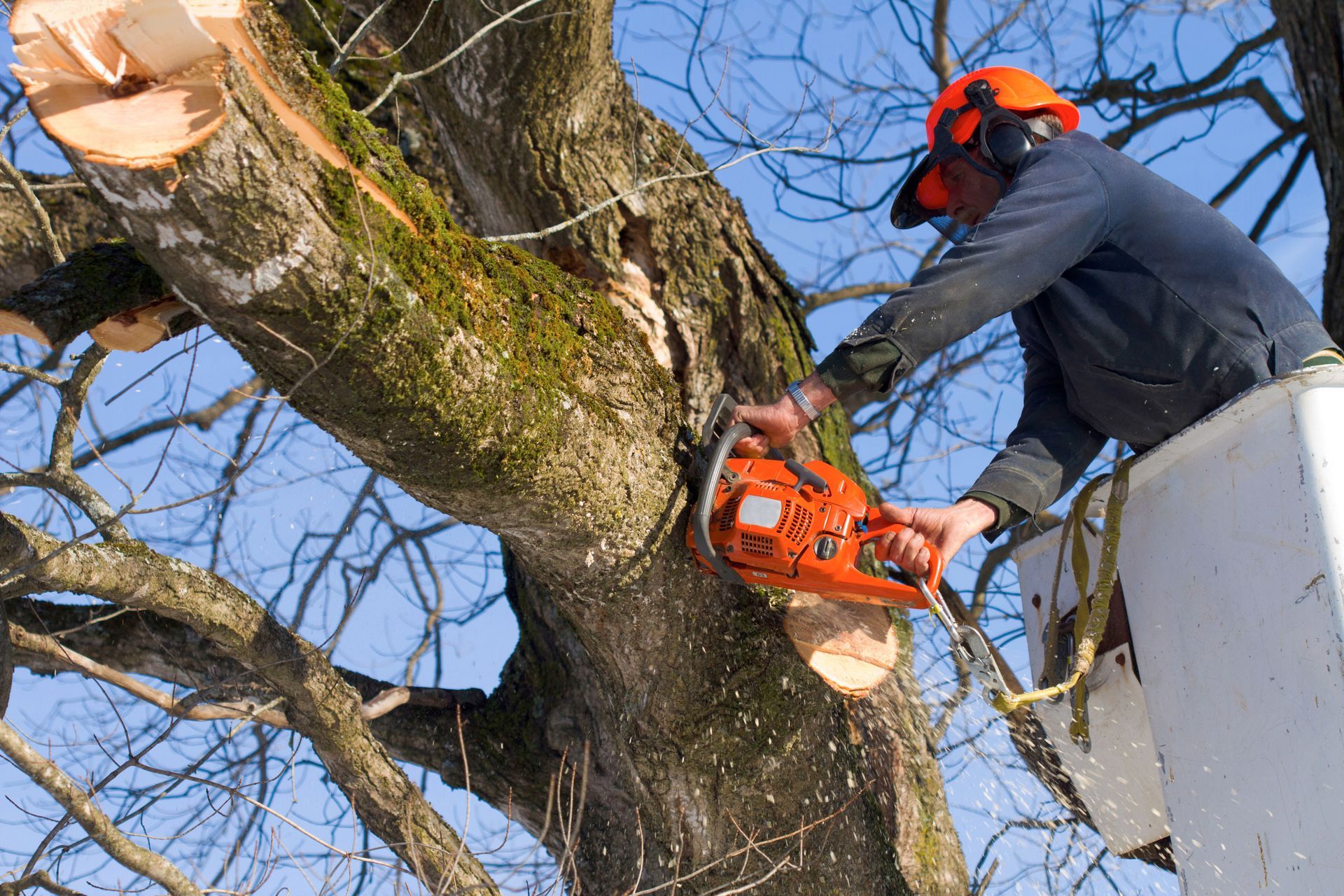5 Signs Your Trees Are Overgrown and Need Trimming
The lush canopy of a tree can be a beautiful addition to any landscape. However, overgrown trees can pose safety risks, cause damage, and detract from the overall aesthetics of your property. Recognize the signs that indicate you need tree trimming services to maintain a healthy and attractive environment. This article explores the key indicators that your trees are in need of professional trimming and maintenance. By understanding these signs, homeowners can take proactive steps to preserve and enhance their outdoor spaces.
tree trimming services
Excessive Branch Growth
One of the primary signs that your tree may be overgrown is the noticeable increase in branch density. This occurs when branches start growing tightly packed together, inhibiting air circulation and sunlight penetration. Such dense growth can create a microenvironment conducive to disease and pest infestations because of trapped moisture and lack of airflow. As a result, the health of the tree might decline, leading to a weakened structure. Regular trimming every three to five years, according to Lawn Love, is essential to prevent this overgrowth and maintain a balanced branch structure.
When branches start touching or crossing each other, it's a clear sign that the tree needs trimming. This condition can cause wear and tear as the branches rub against each other in the wind, leading to wounds that are entry points for pests and diseases. Over time, these compromised areas can affect the overall health of the tree and its ability to withstand environmental stressors. By trimming back these overlapping branches, you help alleviate unnecessary strain on the tree's structure. Effective branch management thus ensures accessibility of resources like sunlight and nutrients.
Reduced light penetration is often observed when a tree's foliage becomes excessively dense. This prevents sufficient sunlight from reaching the ground beneath, affecting grass, plants, and other vegetation in the vicinity. The shadowy area can become lifeless, influencing the aesthetic harmony and ecological balance of your landscape. Additionally, limited light can inhibit the tree's own photosynthesis process, which is essential for its energy production. In such cases, periodic trimming is necessary to thin out the foliage and enhance light penetration for a thriving ecosystem.
Increased Risk of Falling Branches
Dead or dying branches are obvious indicators that a tree requires immediate attention. These branches can break easily under stress, posing a threat to people, property, and powerlines beneath. Identifying and removing vulnerable branches can help prevent accidental damage and maintain safety. The presence of dead branches can also signify underlying health issues that need to be addressed. Routine inspections and trimming every three to five years enable early detection and intervention, ultimately prolonging the life and stability of the tree.
Branches with visible cracks or splintered edges are structural vulnerabilities often overlooked. These weaknesses can be exacerbated by adverse weather conditions such as strong winds or heavy snow, leading to branch failure. At this stage, the affected branches become unpredictable hazards, capable of inflicting injury or damage. Immediate tree trimming services are crucial to remove these compromised branches and prevent potential accidents. By addressing these flaws promptly, trees can maintain their structural integrity and robustness over time.
Severe storms and high winds can inflict significant damage on trees, especially those that are overgrown and untrimmed. Branches that have sustained wind damage often show signs of stress such as bending, cracking, or even partial detachment. These damages can weaken the tree's resilience against future storms, making it more susceptible to further harm. Scheduled trimming helps to eliminate these weakened sections and promotes re-growth. A well-maintained tree can better absorb wind forces, thereby reducing the risk of uprooting or further breakage.
Interference with Utility Lines
Trees extending their branches into power lines pose serious safety risks. Not only can these cause electrical outages, but they also increase the likelihood of electrical fires. It's critical to ensure that trees planted near power lines are regularly trimmed to maintain safe distances. Utility companies often perform trimming around power lines, but proactive maintenance on your end is also necessary. Effective management helps prevent accidents and ensures a reliable power supply to your home and community.
Trees can also interfere with communication lines, such as telephone and internet cables, causing disruptions. These interferences may manifest as poor connectivity or intermittent service losses. Trimming branches that encroach on these lines ensures continuous and reliable communication services. Addressing these overgrowth issues not only protects the lines but also prevents costly repairs or service outages. Homeowners are encouraged to monitor trees near communication infrastructure and engage professionals for routine maintenance.
Overgrown branches in contact with electrical lines are significant contributors to power outages, especially during storms. These contacts can lead to short circuits or even downed lines, creating hazardous environments and service disruptions. Such risks necessitate a proactive approach toward tree maintenance, as opposed to waiting for unexpected failures. Regular trimming can help mitigate these risks by maintaining necessary clearances. In doing so, communities can enjoy safer and more reliable electrical services.
Signs of Tree Disease
Fungi or rot manifestations on tree bark or in the canopy are alarming indicators of underlying health conditions. These symptoms often suggest decay within the tree structure, compromising its strength and vitality. If left untreated, the condition may spread, affecting other nearby trees or leading to the loss of the afflicted tree. Tree trimming services for infected areas can help limit the spread and preserve the health of the tree where possible. Regular inspections allow for early detection, increasing the odds of successful intervention.
A sudden change in leaf color outside the normal seasonal variations may indicate disease or pest infestation. This discoloration can be a precursor to more serious issues and should be addressed promptly. By identifying the cause and taking corrective actions, such as targeted pruning or pest control, you can prevent further progression. Healthy foliage typically indicates a thriving tree, and maintaining this requires vigilance and timely maintenance. Routine examination and trimming can enhance tree resilience against diseases.
Trees suffering from pest infestations often exhibit tell-tale signs like chewed leaves, visible insects, or deposits on leaves and bark. These pests can cause extensive damage if not controlled, sometimes resulting in significant decline or even tree death. Trimming affected branches can remove breeding grounds and reduce pest populations significantly. Regular tree trimming services and care, including professional inspections, are crucial in preventing and managing pest issues. Professional advice can help identify safe and effective pest control methods.
Structural Imbalance
Trees that exhibit uneven growth patterns may struggle with maintaining structural balance. This imbalance can lead to leaning or the overextension of certain branches, putting stress on the tree's trunk and roots. Corrective tree trimming services help redistribute weight and achieve a more balanced growth form, reducing internal stress. Addressing structural concerns early on prevents more serious issues down the line, including the risk of falling. Homeowners are encouraged to perform routine evaluations and consult professionals for tailored care strategies.
Leaning in trees might result from growth imbalances, environmental stress, or root problems. This poses significant threats as it indicates compromised structural integrity, increasing the likelihood of toppling, especially in adverse weather. Corrective pruning can often redistribute weight and reduce the lean over time. In severe cases, professional intervention might also involve bracing or other supportive measures. Addressing these issues early helps ensure the safety and longevity of the tree.
Maintaining the health and appearance of your trees through timely tree trimming services is essential for safety, aesthetics, and property value. By understanding the signs of overgrown trees, homeowners can proactively address potential hazards and ensure a thriving landscape. If you recognize any of these signs in your trees, it may be time to consult with a professional arborist to evaluate and address the needs of your trees effectively. Regular consultation with tree care specialists helps ensure proper growth and minimizes potential risks. Ultimately, caring for your trees guarantees a harmonious and safe environment for years to come. For more information about the services that we offer, reach out to our incredible team at Crissman Tree Service today!



Share On: